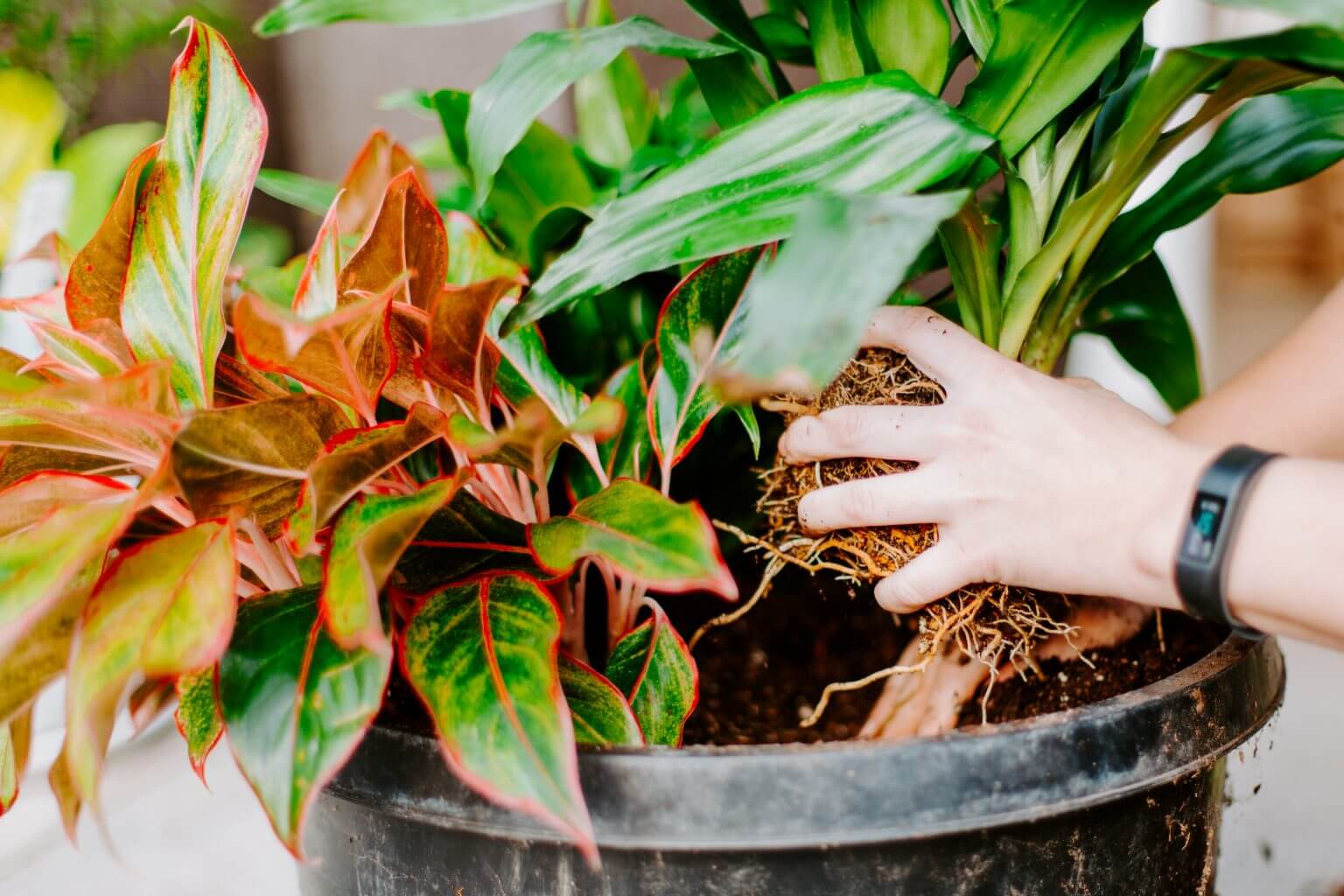Seasonal Expression
As landscape trends move towards low-maintenance perennials and shrubs instead of high-input annuals, containers have become the colorful showpieces in gardens and entryways. Container gardening is an easy way to create seasonal expression and experiment from year to year. Step away from conventional, cookie-cutter arrangements and get creative! Containers can be living sculptures that grow and change throughout the season.
Plant Selection
The most important factor in growing beautiful container gardens is plant selection. Choose plants that will thrive in the environment of your site. Take an assessment of your site: how much sun does it receive, and during which part of the day? How windy is the area? Is there excess heat from surrounding concrete, rock, or buildings? Create a collection of plants that complement each other and thrive in similar conditions. Stop in with your site information and let our annual experts help you craft a beautiful, healthy container garden. If you’re feeling overwhelmed, let our container design staff create a custom arrangement based on your needs.
Design Considerations
- Create a cohesive design by setting a goal for the space: Do you want to attract pollinators? Add fragrance or color to your entryway? Make a statement with trendy, modern design?
- Think about the proportion of your site and special elements in your containers. A good rule of thumb is the height of the arrangement should be double the width of the container.
- Design a container that is full enough to look beautiful early in the season, but has room to grow. Becoming familiar with growth habit (aggressive, slow-growing) can help prevent surprises later in the season.
- Step outside the box by using perennials and shrubs as structural elements for their distinct foliage and larger sizes.
- Don’t forget the container itself is an important part of your design. Use bright, unusual containers as an accent to your space or more neutral styles as a visual anchor.
- Achieve an eclectic style by using high-contrast colors and unexpected shapes.
- Get a modern look by restricting your color palette and relying on texture to create interest.
- Try the popular meadow or cottage garden look by choosing complementary colors and soft textures.
Care for Container Gardens
Potting Mix
Use a light, soilless potting mix (not garden soil or top soil!) to insure good drainage. Our favorites are Baccto or organic Foxfarm mixes. Be sure to use a container with a drainage hole so soil doesn’t become water logged. Soil should be freshened up each year, and completely replaced if there were any disease or insect problems last year.
Fertilizing
Before planting, incorporate a light granular fertilizer into your potting mix to slowly feed throughout the season. Our favorite is Osmocote Outdoor/Indoor. Add more granular fertilizer to the top inch of the soil monthly, or use a water soluble fertilizer according to the instructions on the label throughout the growing season. Choose a balanced or high phosphorous fertilizer rather than high nitrogen to encourage flowers and fruits.
Watering
Use your finger to check the moisture content of the top few inches of soil before watering, and water thoroughly when dry. Keep in mind 4.5” or small 6-pack plants don’t have deep root systems at the beginning of the season, so it’s not necessary oversaturate your container. Shallow root systems will not be able to take in a large volume of water and can begin to rot. As the plants grow and the roots begin to fill the container, increase volume and frequency as needed. Daily watering will probably be necessary during hot summer months. Remember that containers on concrete will get much hotter than containers on grass or wood. If water isn’t penetrating the surface as the roots mature later in the season , aerate with a screwdriver to create channels to the root system.



